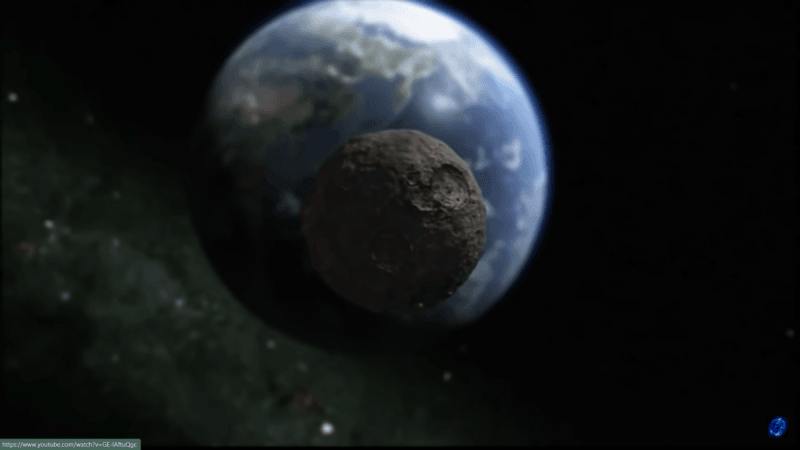The third closest asteroid ever recorded flew past the planet's surface. The asteroid 2021 UA1 did not do any damage to the planet and was not detected until after the event by astronomers.
At only 3,000 kilometres from the planet's surface, the asteroid brushed over Antarctica. It is extremely small, about the size of a golf cart, and is not as near to the Earth as the International Space Station, which orbits at an average height of 408 kilometres.

Why was no one aware of it?
The only reason scientists were unaware of 2021 UA1 was that it emerged from a blind region. This asteroid approached Earth from behind, coming from the direction of the Sun and travelling outwards.
It is extremely difficult to notice these objects as they reach Earth, much more so when they do so during the daylight when vision is reduced owing to the Sun's glare.
On September 16, 2021 SG, an asteroid with a diameter between 42 and 94 metres flew past the planet at roughly half the distance between Earth and the Moon, yet nobody noticed until a day later.
The asteroid's size and speed (85,748 km/h) meant it may have had an impact if it struck.
On February 15, 2013, an asteroid blasted in the skies above Chelyabinsk, Russia. The 17-meter-wide asteroid caused no injuries, but the shock wave from the blast damaged windows in six Russian cities and hospitalised 1500 people. Additionally, this asteroid originated from the "behind."
NASA said in March that the world faces little to no chance of asteroid impact over the next century, based on scientists' estimations that 9942 Apophis — a giant 340-meter asteroid – will safely fly by the earth on April 13, 2029, at a distance of fewer than 32,000 kilometres.
However, as instances such as 2021 UA1's close flyby demonstrate, the chance of unexpected asteroids approaching the Sun remains a possibility.

What will be the result if an asteroid collides with the Earth?
The most famous asteroid hit the planet millions of years ago, having caused dinosaur extinction. Asteroids are "rocky celestial bodies that circle the Sun and are far smaller than Pluto."
The asteroid belt between Mars and Jupiter contains hundreds of odd-shaped asteroids. Asteroids, like the ones that wiped off the dinosaurs, can escape their orbits and impact the Earth.
When an asteroid hits the Earth, dust and smoke rise into the sky, blocking sunlight and lowering global temperatures. This can kill many living things. If an asteroid the size of a house strikes Earth, it might destroy a town. An asteroid the size of a 20-story structure hitting Earth might level a sizable country.
A 40-meter asteroid impacted Tunguska, Siberia, on June 30, 1908. This asteroid hit devastated London-sized woods, making it the most significant in modern history.
Tsunamis are a problem, but if asteroids hit the water, meaning they make up 20% of the "total threat of striking asteroids." Thermal radiation is another big concern from asteroids.
The only way to prevent an asteroid from striking Earth is to identify it and deflect it. Many agencies, including NASA, regularly examine the skies for celestial bodies that may collide with Earth.

















